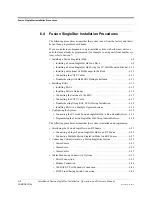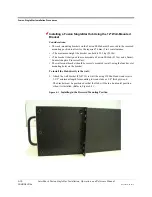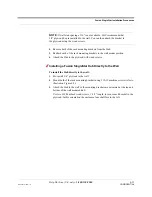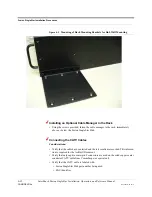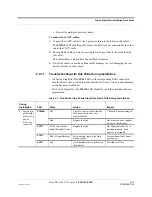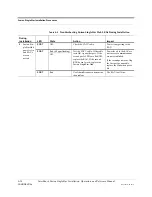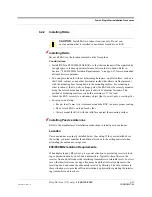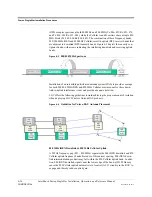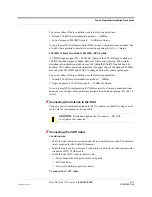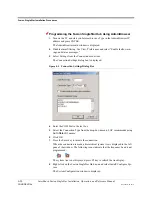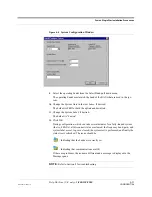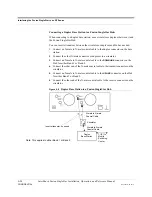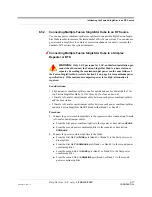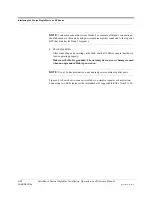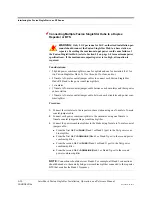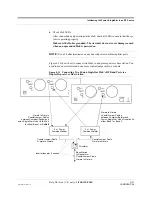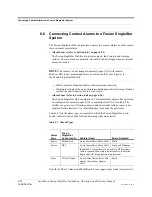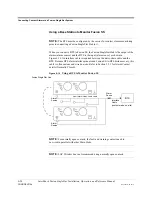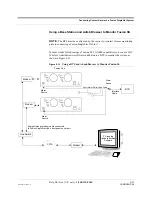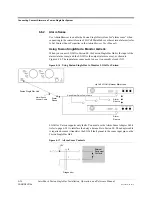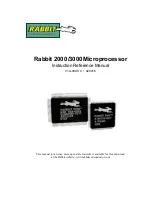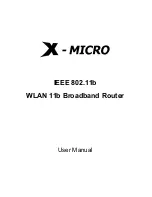
Interfacing the Fusion SingleStar to an RF Source
6-22
InterReach Fusion SingleStar Installation, Operation, and Reference Manual
CONFIDENTIAL
D-620605-0-20 Rev A
6.5
Interfacing the Fusion SingleStar to an RF Source
WARNING:
Only LGC personnel or LGC-authorized installation per-
sonnel should connect the Fusion SingleStar Hub to its Band associated
base station or repeater. Exceeding the maximum input power could
cause failure of the Fusion SingleStar Hub (refer to Section 5.2 on page 5-4 for
maximum power specifications). If the maximum composite power is too high,
attenuation is required.
6.5.1
Connecting a Single Fusion SingleStar Hub to an RF Source
The Fusion SingleStar system supports two RF sources, one for Band 1 and one for
Band 2. This section explains how each Band can be connected to its associated RF
source.
Connecting a Fusion SingleStar Hub to an In-Building BTS
WARNING:
Only LGC personnel or LGC-authorized installation per-
sonnel should connect the Fusion SingleStar Hub to a base station or
repeater. Exceeding the maximum input power could cause failure of
the Fusion SingleStar Hub (refer to Section 5.2 on page 5-4 for maximum power
specifications). If the maximum composite power is too high, attenuation is
required.
CAUTION:
The
UPLINK
and
DOWNLINK
ports cannot handle a DC power
feed from the base station. If DC power is present, a DC block must be used
or the hub may be damaged.
Connecting a Simplex Base Station to a Fusion SingleStar Hub RF Band:
1.
Connect an N-male to N-male coaxial cable to the transmit simplex connector on
the base station.
2.
Connect the other end of the N-male to N-male coaxial cable to the
DOWNLINK
connector on the Hub for either Band 1 or Band 2.
3.
Connect an N-male to N-male coaxial cable to the receive simplex connector on
the base station.
4.
Connect the other end of the N-male to N-male coaxial cable to the
UPLINK
con-
nector on the Hub for either Band 1 or Band 2.

